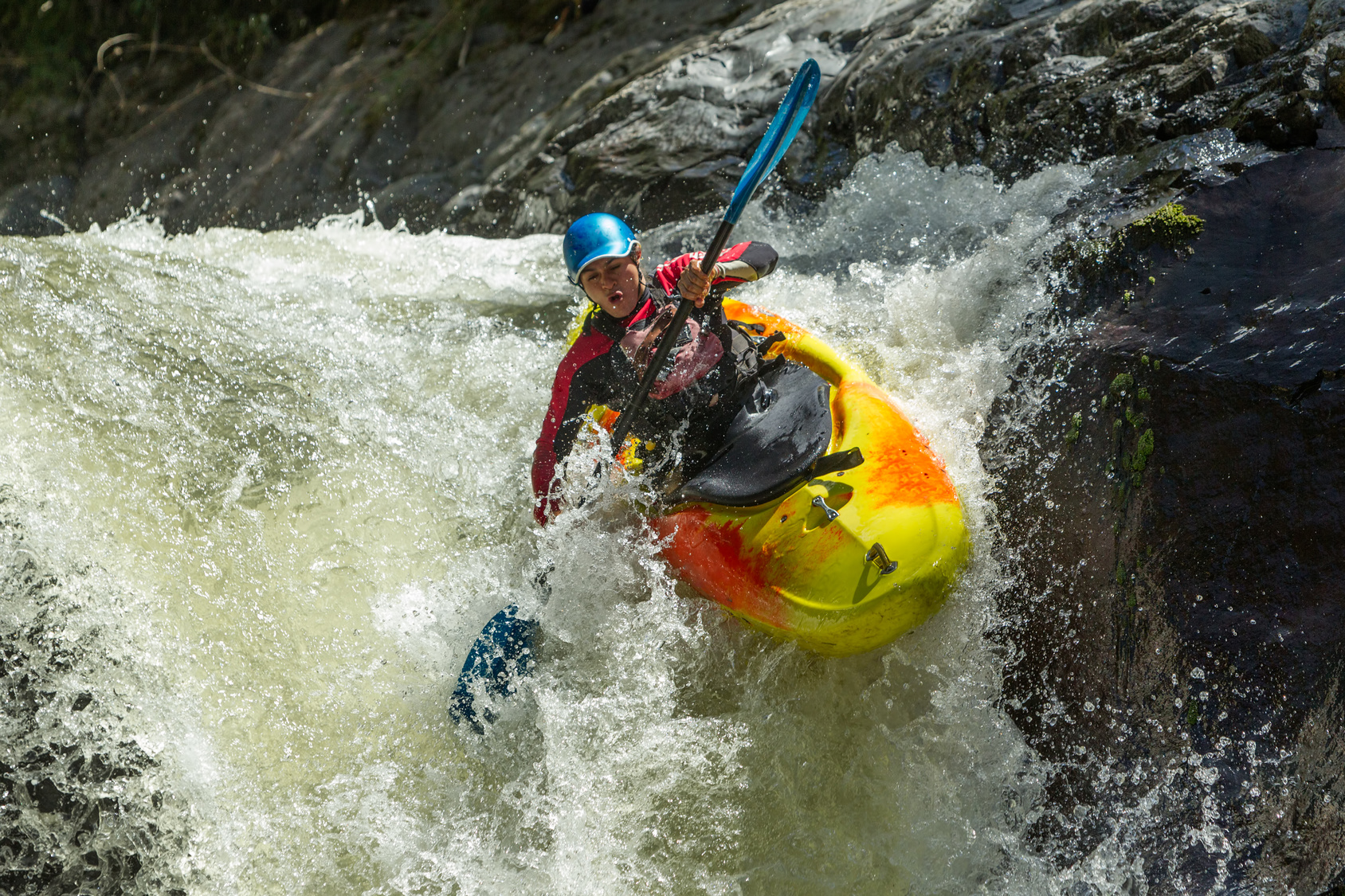
- Alabama
- Alaska
- Arizona
- Arkansas
- California
- Colorado
- Connecticut
- Delaware
- Florida
- Georgia
- Hawaii
- Idaho
- Illinois
- Indiana
- Iowa
- Kansas
- Kentucky
- Louisiana
- Maine
- Maryland
- Massachusetts
- Michigan
- Minnesota
- Mississippi
- Missouri
- Montana
- Nebraska
- Nevada
- New Hampshire
- New Jersey
- New Mexico
- New York
- North Carolina
- North Dakota
- Ohio
- Oklahoma
- Oregon
- Pennsylvania
- Rhode Island
- South Carolina
- South Dakota
- Tennessee
- Texas
- Utah
- Vermont
- Virginia
- Washington
- West Virginia
- Wisconsin
- Wyoming
Undertow Vs Rip Current & How To Avoid Them
How To Avoid Being Caught In An Undertow Vs Rip Current
Undertow Vs rip current the history of humanity has been a never-ending battle against the dangers offered by nature. Despite our significant advancements in this area, we still have a long way to go before we can call ourselves successful. A few generations ago, our understanding of the inherent dangers in nature, such as storms, volcanoes, earthquakes, and so on, was far more limited than it is today. However, in this day and age, our knowledge has substantially increased.
sea kayaking
Today, as a result of technology, engineering, and early warning systems developments, we are better equipped to grasp these risks and better prepare ourselves to deal with them if they materialize. Despite this, there are still some potentially harmful misconceptions that are circulating.
Although you may have heard of an ocean phenomenon known as a riptide or an undertow, neither of these expressions describes the event in a technical sense. A rip current is a term used to describe a mighty flow; it is not the same as a tide, and the undertow is another phenomenon.
Those swimming in the ocean close to where waves are breaking should exercise extreme caution due to the threat posed by rip currents. That is especially important for younger swimmers, those with less strength, and those who have been swimming for an extended period. The National Weather Service has confirmed the formal documentation of 31 fatalities in surf zones around the United States in 2017. Rip currents were responsible for the fatalities of more than half of these people.
In addition to the confusion surrounding these terms, a significant amount of conjecture exists over how rip currents pose an actual risk to swimmers. The notion that rip currents drag swimmers below the surface of the water has been around for a long time and has been given the misnomer "undertow." On the other hand, this is not the case.
Rip currents cause swimmers to be carried further out into the open water and away from the shore than they otherwise would have gone. They will only end up wearier by continuing to fight against the mighty river, increasing the likelihood that they will drown. On the other hand, many individuals aren't informed and try to swim back to shore by swimming against the current.
kayak rab
The issue at this point is, "If you find yourself being swept away by a rip current, what activities should you take?" To prevent getting carried away by the tide, keep your distance from the shore and swim in a direction that is perpendicular to it. After you have reached a point where you are no longer being carried along by the current, you will be able to swim back to the shore. Most rip currents have a breadth of between fifty and one hundred feet, indicating that you shouldn't have to swim very far to get away from its pull if you choose to avoid it.
It is essential to be aware of how to identify rip currents before entering the water to avoid getting caught in one. Find a route that takes you past the choppy water and the whitecaps to a body of water that is somewhat quiet and has a smooth surface. If you notice one, there is a chance that it is a rip; as a result, you should try to avoid it if possible. Take a look at the video that is hosted on the National Ocean Service channel on YouTube. You may get to that channel by clicking on the link provided in the previous sentence.
Understanding Rip Currents
Due to the danger posed by undertow Vs rip currents, swimmers in the water who are near areas where waves are breaking should exercise the utmost caution. That is especially crucial for younger swimmers who have less strength or have been swimming for a lengthy amount of time. In 2017, 31 people lost their lives in surf zones around the United States, and the National Weather Service has validated the official record of these deaths. More than half of these victims lost their lives due to rip currents, which were the cause of their deaths.











